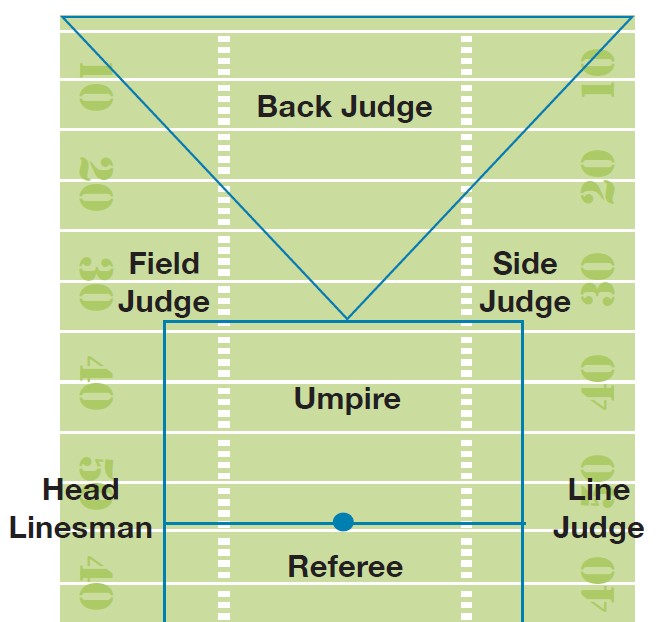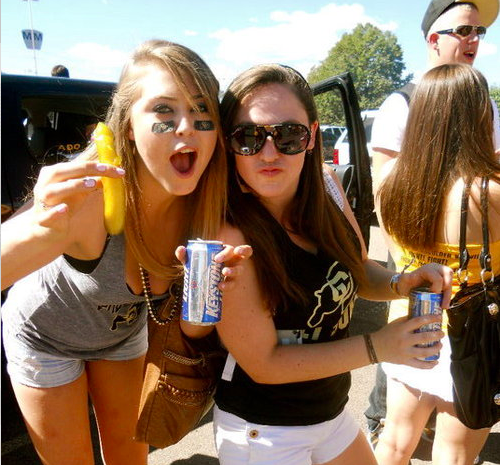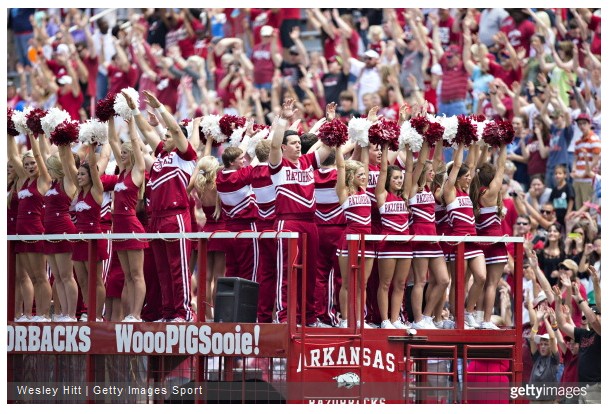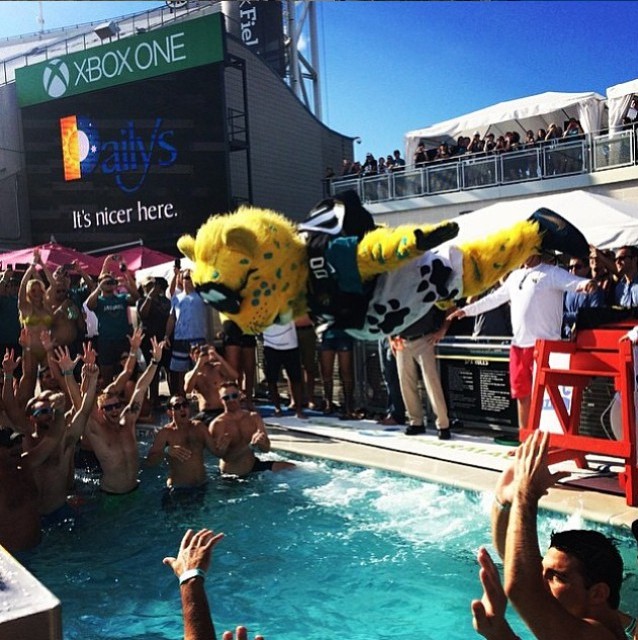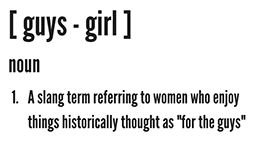During an NFL game, there are a total of seven refs on a standard crew and each has the responsibility to watch a specific area of the field. If a flag is thrown in these areas, you can start to guess as to what penalty is about to be called (certain refs are trained to look for specific penalties).
THE STANDARD REFEREE CREW CONSISTS OF:
- Referee: The referee is the head official and is the one wearing the white hat. The referee’s primary responsibility is to watch the quarterback and the action in the offensive backfield. He also signals the fouls and penalties to the teams and crowds.
- Umpire: The most dangerous out of all the officiating jobs is the umpire job. The umpire is in charge of the legality of player’s equipment, assists on the ruling of incomplete passes and also looks for holding or illegal blocks committed by the offense.
- Head linesman: The head linesman looks for penalties before the snap (offsides, encroachment, etc.), marks the forwardprogress of the ball and supervises the “chain gang” (the crew operating the down indicator chains and down box).
- Line judge: The line judge assists the head linesman at the other end of the line of scrimmage, responsible for counting offensive players, checking if a player steps out of bounds, looking for possible offsides, encroachment and other fouls before the snap.
- Field judge: The field judge makes the call if field goals are successful or not along with the back judge. He makes decisions near the sideline on his side of field, judging the action of nearby running backs, receivers and defenders. He rules on pass interference, illegal blocks downfield, and incomplete passes and is also responsible for counting defensive players.
- Side judge: Like the field judge, he makes decisions near the sideline on his side of field, judging the action of nearby running backs, receivers and defenders. He rules on pass interference, illegal blocks downfield, and incomplete passes and also counts defensive players.
- Back judge: Along with the field judge, the back judge helps in the decision of whether a field goal is good or not. He stands behind the defensive secondary in the middle of the field, judging the action of nearby running backs, receivers (most often the tight ends) and nearby defenders. He is also responsible for ruling a “delay of game” penalty if the play clock expires, has final say regarding the legality of kickoffs and rules on pass interference, illegal blocks downfield, and incomplete passes.

